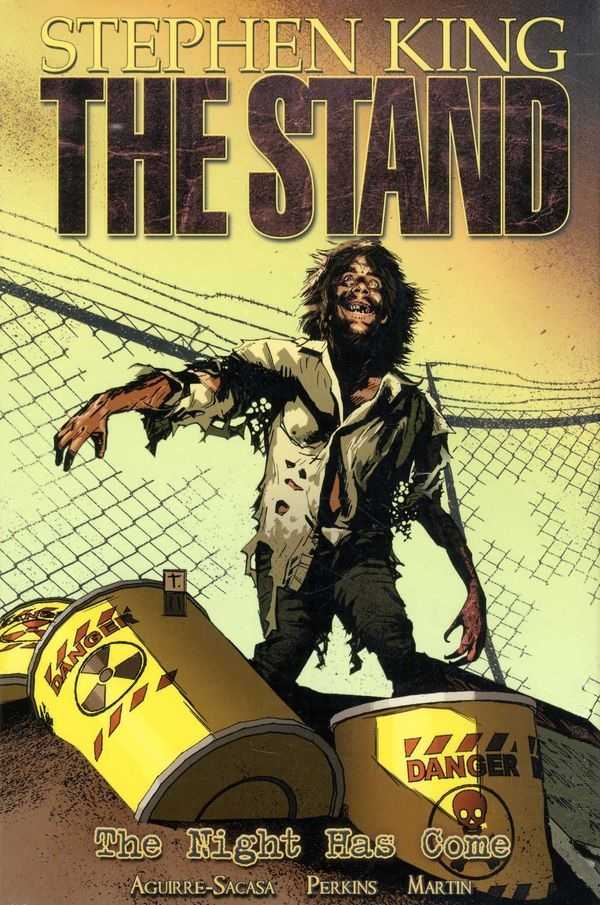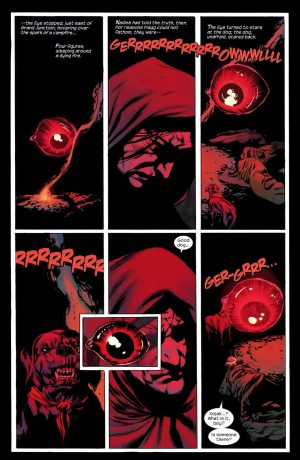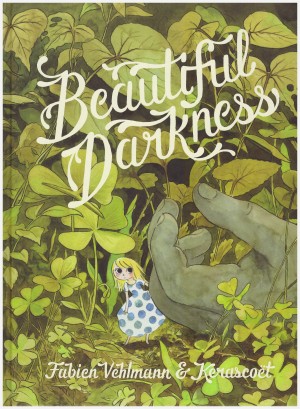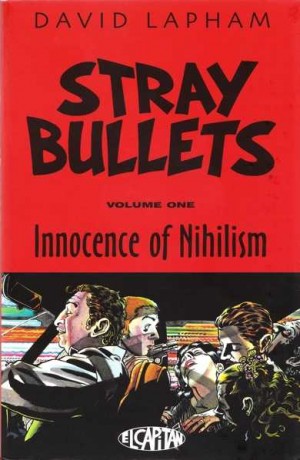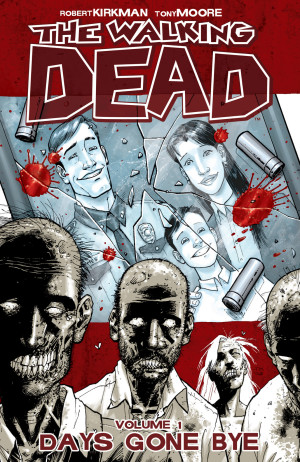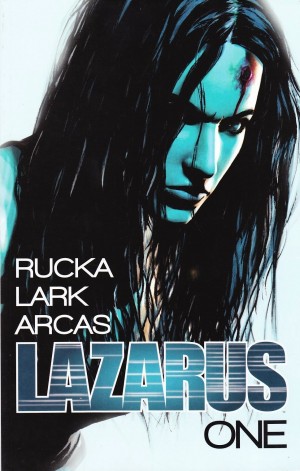Review by Ian Keogh
No Man’s Land was set exclusively in Boulder, and the first four chapters of The Night Has Come take place almost exclusively in Las Vegas, opening with the revelation of what occurred to people referred to as never seen again in Boulder. The first chapter concludes with the chilling return of someone we’d surely forgotten about, yet noted in Robert Aguirre-Sacasa’s script at the time as having a further part to play. He uses the technique effectively again here, and every time it induces the wonder of whether it’s misdirection, as the phrasing is precise, but open to interpretation.
Astonishingly good construction of character has been a highpoint of The Stand. Indeed, an unsentimental attitude toward cast members we root for and that he’s invested time to build is characteristic of Stephen King. Yet until now Randall Flagg has been somewhat the enigma. We’ve got that he’s evil personified, that he gathers like to like, but he’s been a taunting voice in the wilderness for those who succumb, not the all-powerful bogeyman he’s supposed to be. He’s revealed, however, racked with his own doubts about his judgement and his invincibility, as King begins to tie the threads of his plot together. King appears to be saying that so much is sustained by belief. So what happens when that belief falters? Familiar with it or not, the ending should match expectation, God being as unsentimental as King when it comes to sacrificing those he allegedly loves. The first of two epilogue chapters actually raises the tension levels due to the fine human touches, which is admirable.
As he has done from volume one, page one, Mike Perkins produces artwork that’s precise, emotionally charged and alluring. Laura Martin has contributed to that throughout with her interesting colour decisions, striking a bold and memorable palette. In his afterword Aguirre-Sacasa hopes the apocalypse will be coloured by Martin, and we can see why.
In the notes accompanying opening volume Captain Trips, Perkins was quoted as calling The Stand “the great American novel”, an attribution generally thrown around in connection with writers perceived to have greater literary merit. Yet, what is the great American novel if not a work that takes an unflinching look at human character under duress, perhaps allied with themes of fate, belief and destiny? King achieves all that, and Aguirre-Sacasa’s script brings it all through to this first rate adaptation. It’s beguiling, compulsive, heartbreaking and beautifully drawn. There are innumerable graphic novel adaptations of prose fiction, but very few have been completed to this standard. Yes, the form requires some slight deviation from the novel in places, but you’d have to be an exceptional curmudgeon to object.
The Stand has two versions, the modified edition in print since the 1990s being Stephen King’s remaster and essentially the same story with expanded detail. The major difference is the fate of one character at the conclusion, King deciding he wanted them for future use, and in case it matters, it’s that ending used here.
In preference to buying six serialised graphic novels to read the story, the entirety of them are gathered in the Omnibus edition of The Stand.
